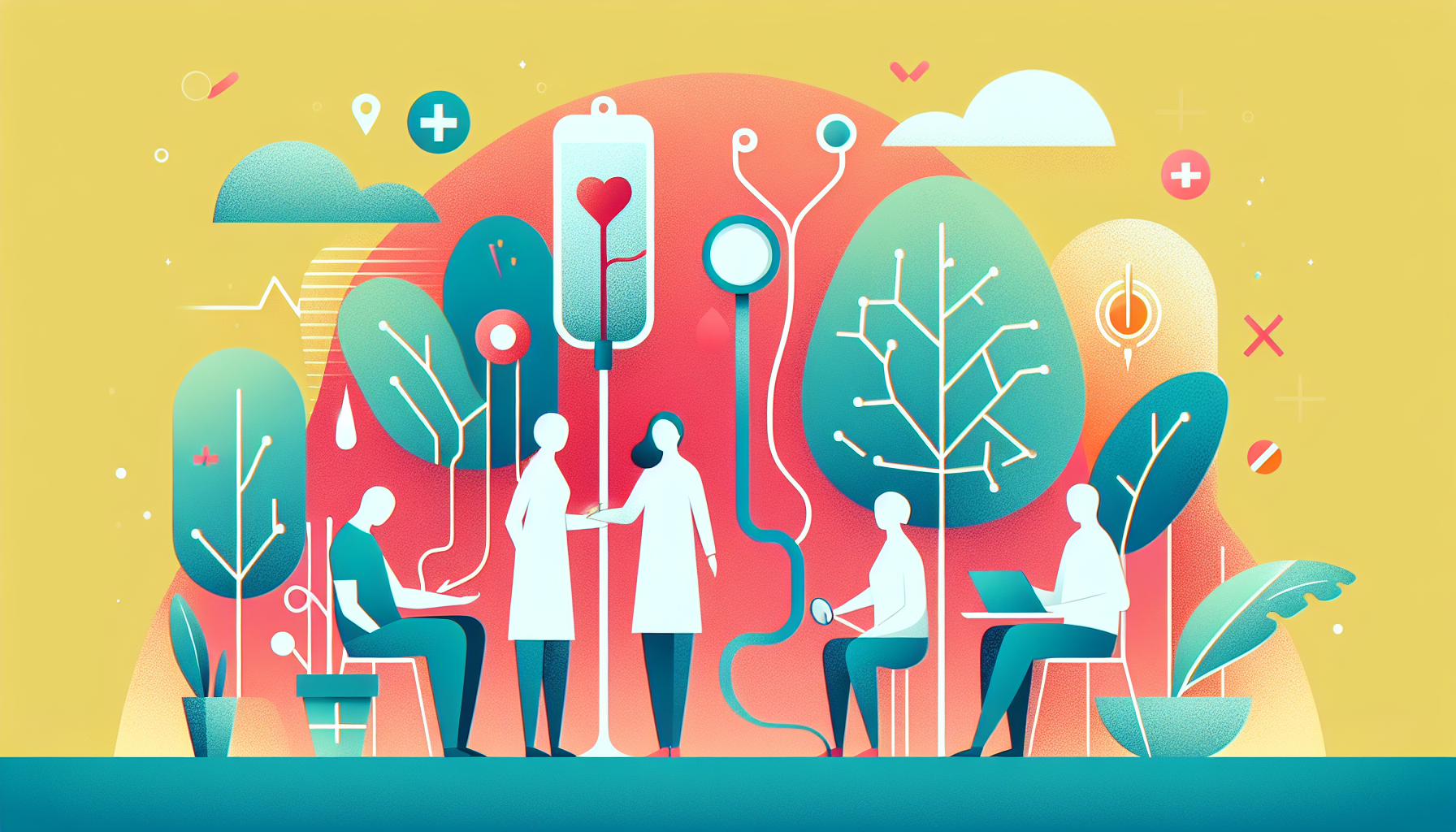Can I Take Zepbound a Day Early?
Key TakeawaysZepbound is a once-weekly injectable medication for weight management and obstructive sleep apnea (OSA) linked to obesity.Taking Zepbound a day early is [...]
Read More
Medically reviewed by Abhijit Bhattacharyya | MD, PhD, MBA, Tufts University School of Medicine - Miami, Florida on May 1st, 2023.
Varicose veins are enlarged, twisted veins that usually appear on the legs, ankles, and feet. They affect the veins close to the skin's surface, and they are a common condition affecting up to 35% of people in the United States, with women being twice as likely as men to develop them. While varicose veins may be a cosmetic concern for some, they can also cause discomfort and lead to more serious health problems if left untreated.
Varicose veins occur when the valves in the veins stop working properly, allowing blood to pool in the vein instead of flowing back to the heart. Several factors can contribute to the development of varicose veins, including:
Pregnancy
Obesity
Standing or sitting for long periods
Age
Family history
Lack of exercise
Symptoms of varicose veins can vary from person to person. Some common symptoms include:
Bulging, bluish veins
Aching or heavy feeling in the legs
Swelling in the legs and ankles
Itching or burning sensation around the veins
Skin discoloration

Treatment for varicose veins depends on the severity of the condition and the symptoms experienced. Some treatment options include:
Wearing compression stockings can help improve blood flow and reduce swelling and discomfort. They work by applying pressure to the legs, encouraging blood to flow back to the heart.
Making lifestyle changes such as exercising regularly, maintaining a healthy weight, and avoiding prolonged periods of standing or sitting can help manage symptoms and prevent varicose veins from worsening.
Sclerotherapy involves injecting a solution into the affected vein, causing it to scar and collapse. The blood then reroutes through healthier veins, and the collapsed vein is reabsorbed into the surrounding tissue.
Laser treatment uses strong bursts of light to fade the appearance of varicose veins. This procedure is mostly used for smaller varicose veins and does not require any cuts or needles.
For more severe cases, vein stripping and ligation may be recommended. This surgical procedure involves tying off and removing the affected veins while the patient is under general anesthesia.
While varicose veins are not usually dangerous, it is important to seek medical attention if you experience any of the following:
Severe pain or swelling in the legs
Skin ulcers or sores near the affected veins
Bleeding from the veins
Signs of infection, such as redness, warmth, or tenderness
While some risk factors for varicose veins, such as age and family history, cannot be changed, there are steps you can take to reduce your risk:
Exercise regularly to improve circulation
Maintain a healthy weight
Avoid prolonged periods of standing or sitting
Elevate your legs when resting
Wear loose-fitting clothing
Consider wearing compression stockings, especially if you have a family history of varicose veins or are pregnant
In conclusion, varicose veins are a common condition that can cause discomfort and lead to more serious health problems if left untreated. By understanding the causes, symptoms, and treatment options available, you can take steps to manage your condition and prevent it from worsening. If you are concerned about your varicose veins, talk to your healthcare provider to determine the best course of action for you.
For more information on varicose veins, visit:
Key TakeawaysZepbound is a once-weekly injectable medication for weight management and obstructive sleep apnea (OSA) linked to obesity.Taking Zepbound a day early is [...]
Read MoreKey TakeawaysZepbound is an FDA-approved medication for chronic weight management in adults with obesity or overweight, and for moderate to severe obstructive sleep apnea [...]
Read MoreKey TakeawaysZepbound is a once-weekly injectable medication that supports weight loss by activating hormone pathways regulating appetite and digestion.After the first dose, [...]
Read More